Following this morning’s visit to a Hamar tribe, we continue on about two hours southwest to our next stop: a Karo tribe by the Omo River.
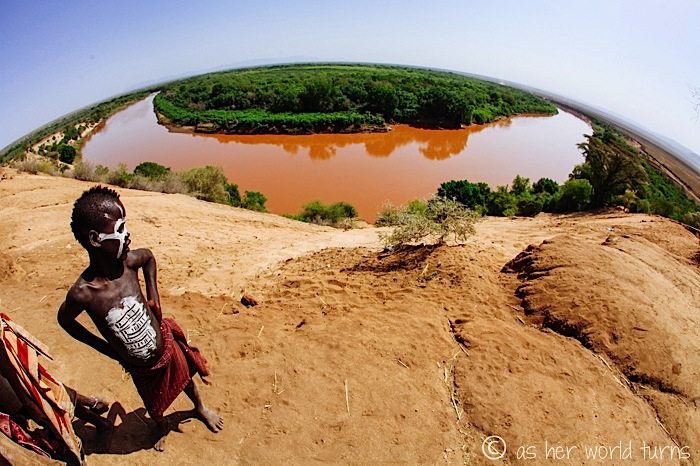
The Karo people are known for using chalk body paint for celebrations… and tourist visits. They are ready and waiting when our vehicle pulls up.
Despite our warm-up with the Hamar tribe, I’m still uncomfortable with these visits. It’s so unnatural. I’m let down by the performance aspect of the ‘costumes’ and paint — yes, there are ceremonial roots for these adornments, but in their day-to-day life the tribespeople dress up for tourists. And surely the face and body paint is exaggerated for photo tips.
Case in point:

Regardless, the Karo tribespeople are striking to photograph.
We inquire about paying a flat photo tip for the entire tribe, but our local guide says that’s not possible here. So we’ll do it the regular way — 5 birr notes (25 cents) for anyone who poses for a photo.
In case you are curious about the photo rules, they are firmly established and uniform across all tribes here. You, the tourist, can point to someone you’d like to photograph (they are all eager for you to pick them). That chosen person will pose for a few seconds — maybe 15 seconds — so you can click away taking different size shots during that time, and then pay them a 5 birr note. If there are additional people in the photo, each person gets a 5 birr note — so if there’s 5 people, that photo will cost you 25 birr ($1.25 USD), which is why most tourists photograph individuals or maybe two people at once. One notable exception: if you photograph a woman and her baby, it’s understood that you will pay 7 birr total (5 birr for the woman plus 2 birr for the baby). Also, if someone is in the background of a photo then they aren’t paid, just the principle person you’ve chosen to photograph.
Wouldn’t it make significantly more sense if each tribe charged a photo fee, which would then be split among the participating tribespeople? Someone in a leadership position within the tribe could be in charge of distributing that money. On average I spend less than $5 USD in photo tips for each tribe we visit, but if there was an option for a flat fee of as much as $20 USD I would gladly pay that instead to avoid this whole “pick me!” business. Plus with a flat photo fee perhaps the tribespeople wouldn’t worry about the performance aspect since they’d already be getting money — they could just go about their lives and tourists could observe and photograph them in more of a natural setting. It’s win-win.
Over the course of this visit I get over my shyness about asking people to pose. I ask them to move into the sunlight so they’re not covered in shadow, or to stand in front of a hut so I can see more of their world behind them in the picture.
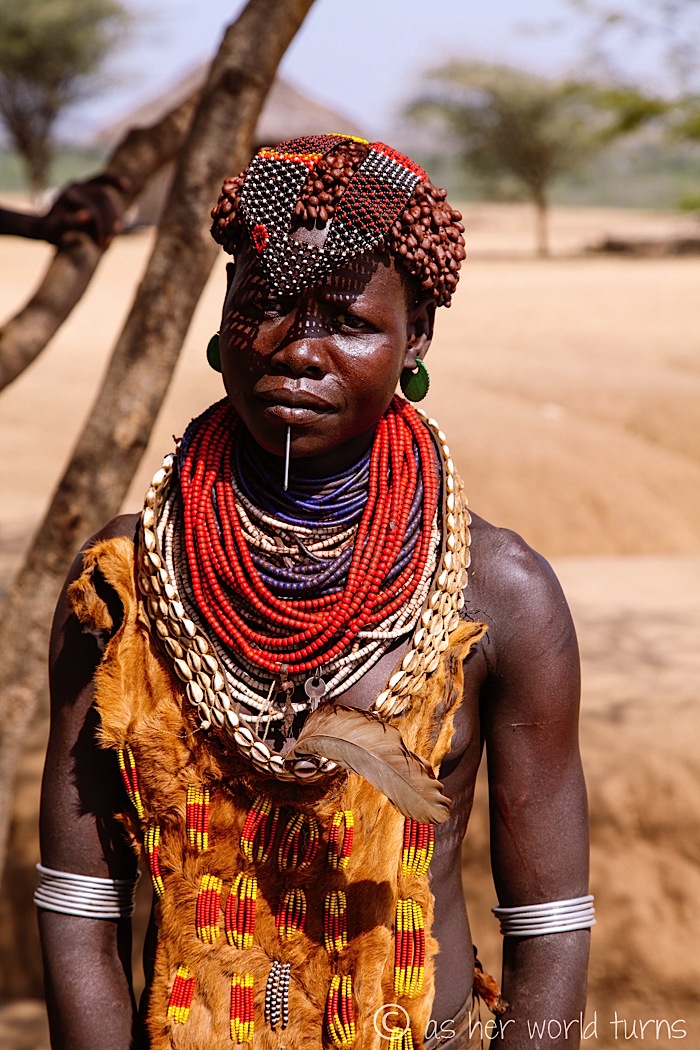
This woman below is the most striking member of the whole tribe. Heck, in all of Omo Valley! She’s standing by this post along our walking route, waiting for us to come to her. She knows she doesn’t have to beg to be photographed; with all her accouterment, of course we’ll ask to take a picture.


One last look to appreciate the tower of beads around her neck, the elaborate headgear, and the stick protruding from her bottom lip.
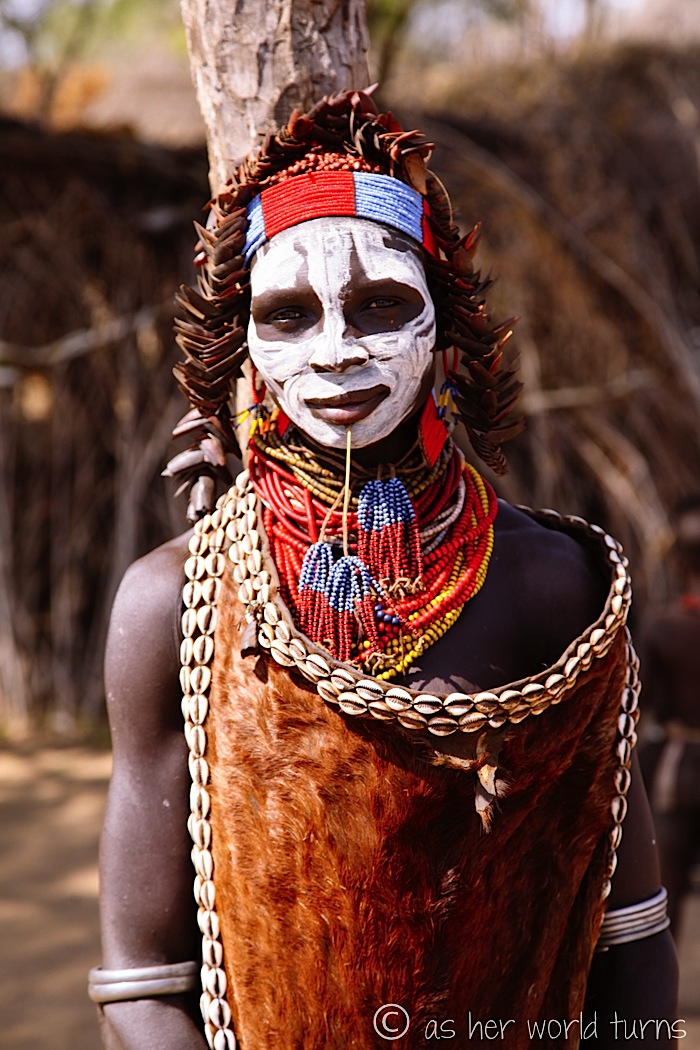
One of many huts we pass during our walk through the tribe. We don’t have to pay anything to photograph the homes (or any other non-human forms).

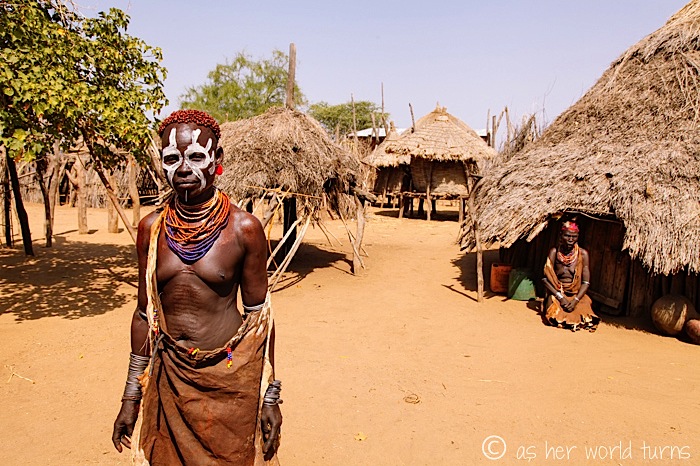
This woman also has a stick below her lower lip. I don’t notice it at the time, but when I look at these photos later I realize that almost every female from this tribe has one. I didn’t notice that detail with the Hamar tribe we visited earlier today.
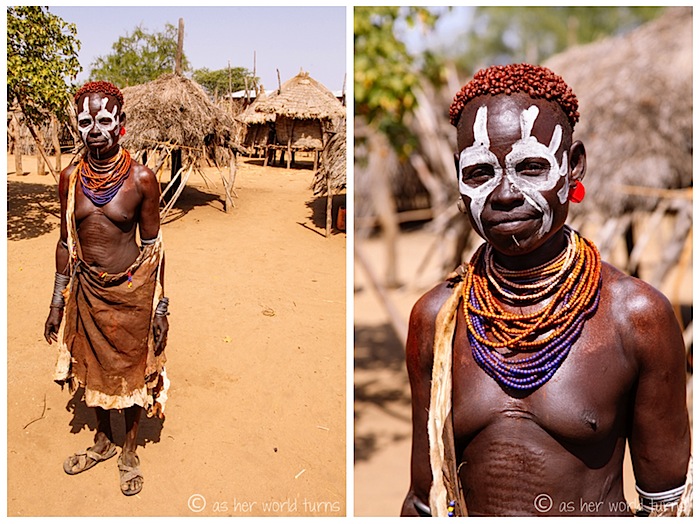
As you may have observed so far, it’s mostly women and children posing for tourists. There are men sitting around and they’ll gladly pose for tip money, but they’re less proactive about it in this tribe. The women and children will tug on your sleeve.
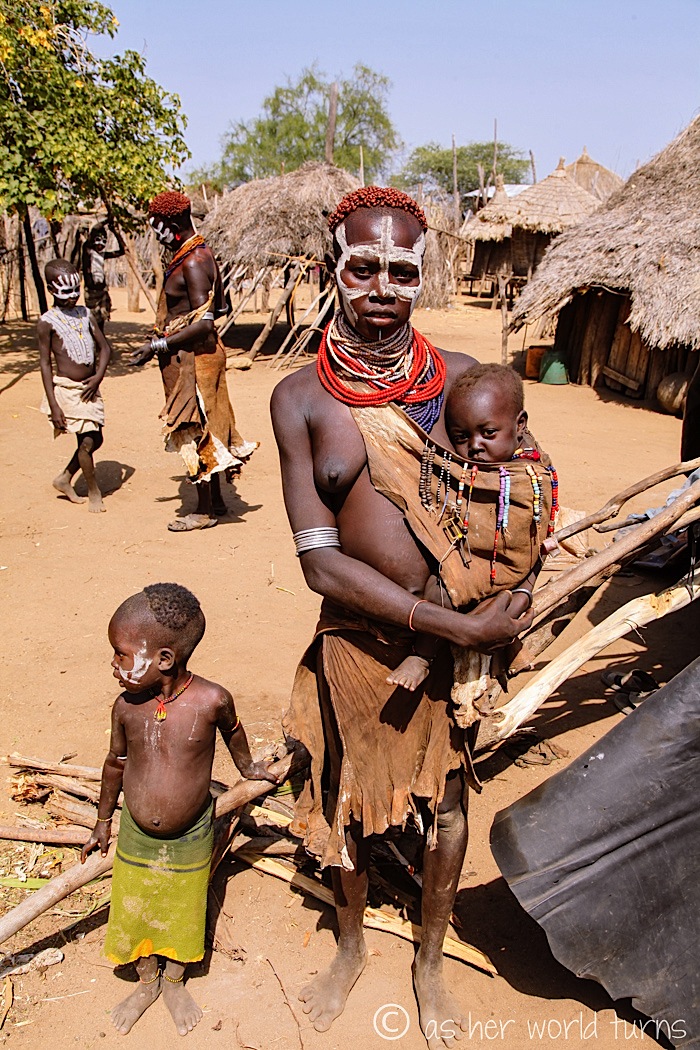
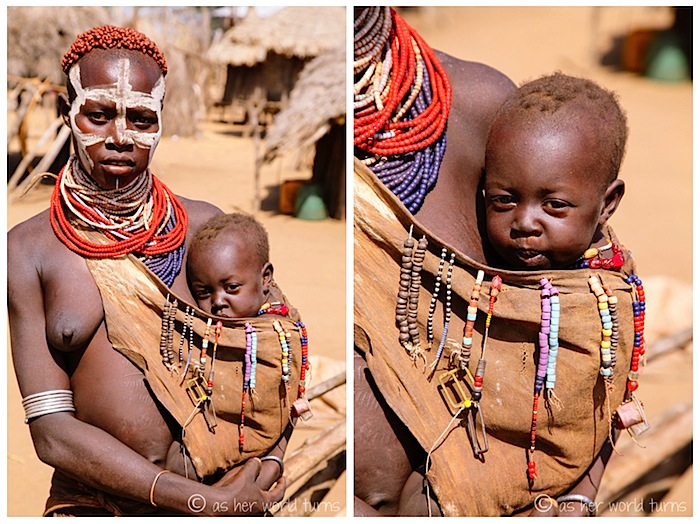
It’s almost comical how savvy these tribespeople are when it comes to posing; they’ve done it so many times and know what makes a good photo (and will earn them tip money). Take these boys below, for instance. I’ve already photographed the one on the left (he’s in the second photo from the top of this post) but I get the feeling these two kids pose like this at the end of each village walk-through. Sure enough I’m happy to tip them both. It’s a great stance.
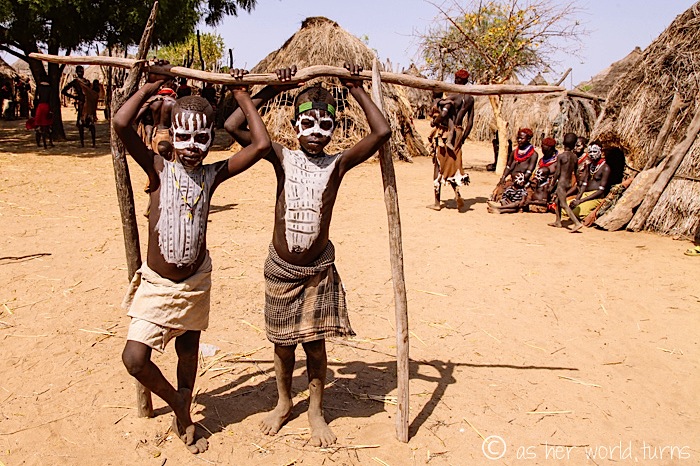

Similarly, we walk past a rondavel as this woman starts pouring grain from one bowl to another, over and over, in a practically theatrical tribal pose. For no purpose other than to attract attention for a photo op. Done and done! My travel mate Mike and I each pay to photograph this action.
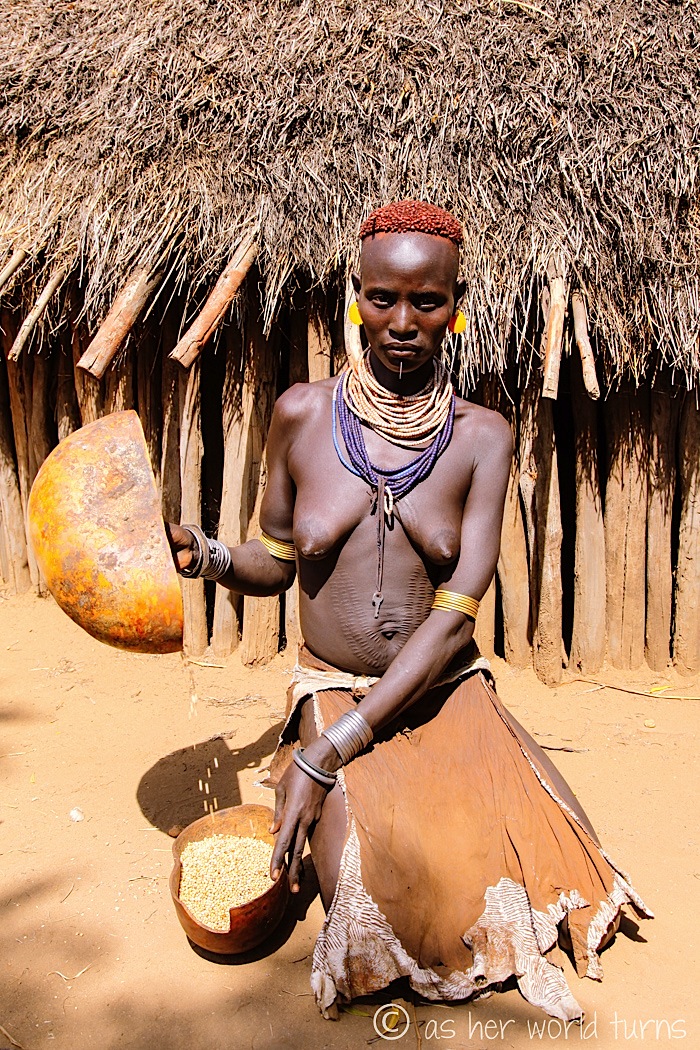
The skin around her stomach has been etched in a particular pattern. All of the adults have a version of this on their bodies.
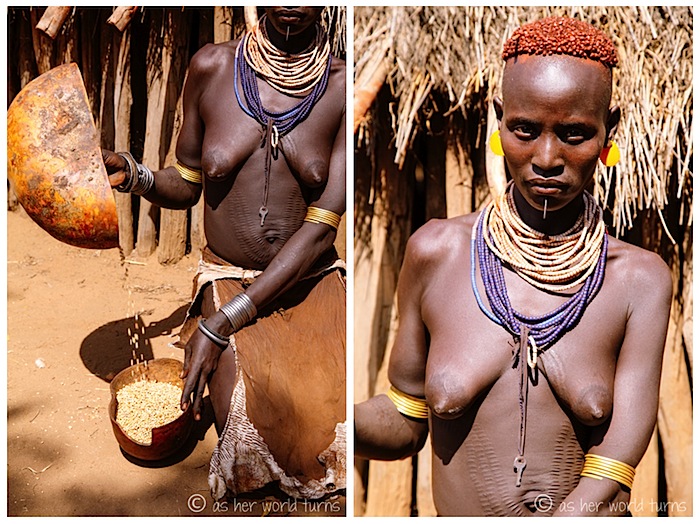

More women and children posing in front of rondavels.
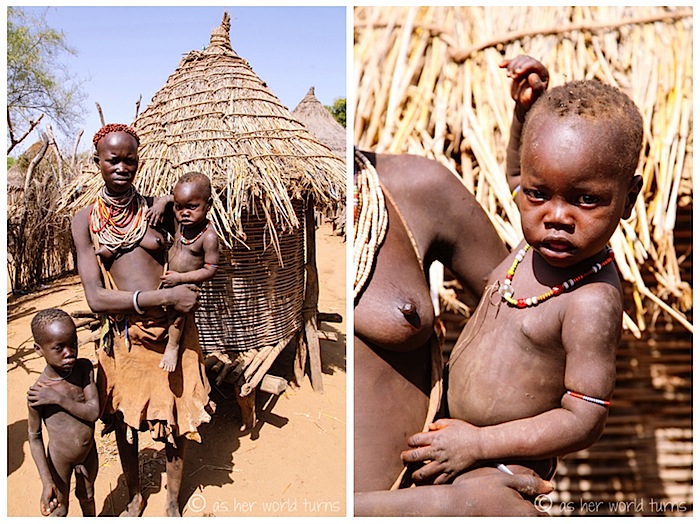



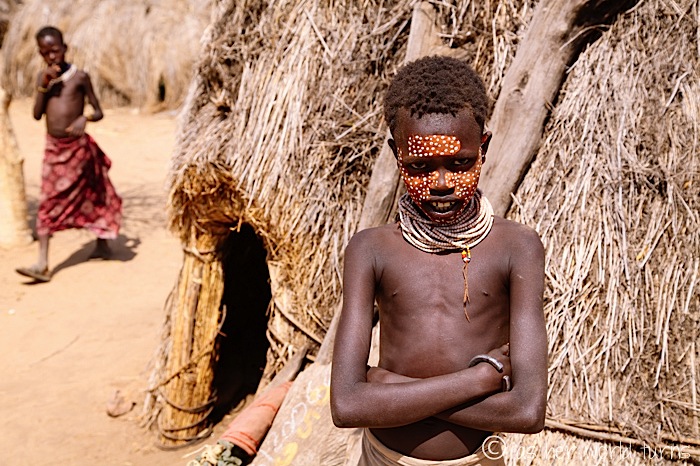
I dig this kid’s face paint, which stands out from the others.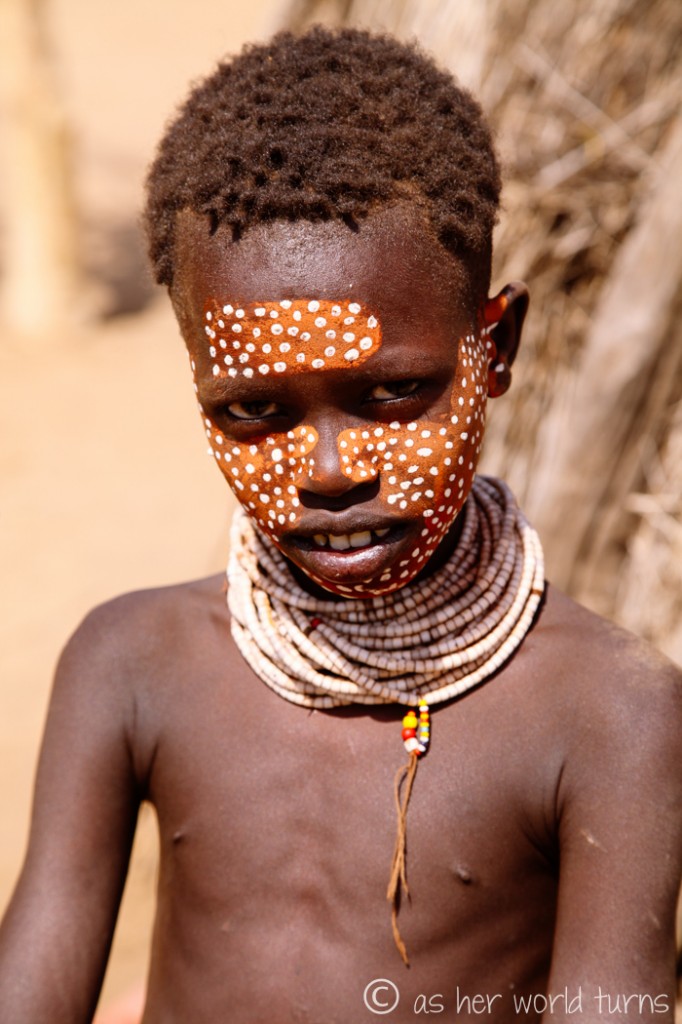
This is the only man I photograph from the Karo tribe. Notice the small wooden object in his left hand under the gun, which we learned at the Hamar tribe is used as a stool. Some people have them on straps that sling over their shoulder so they always have a seat on their person.

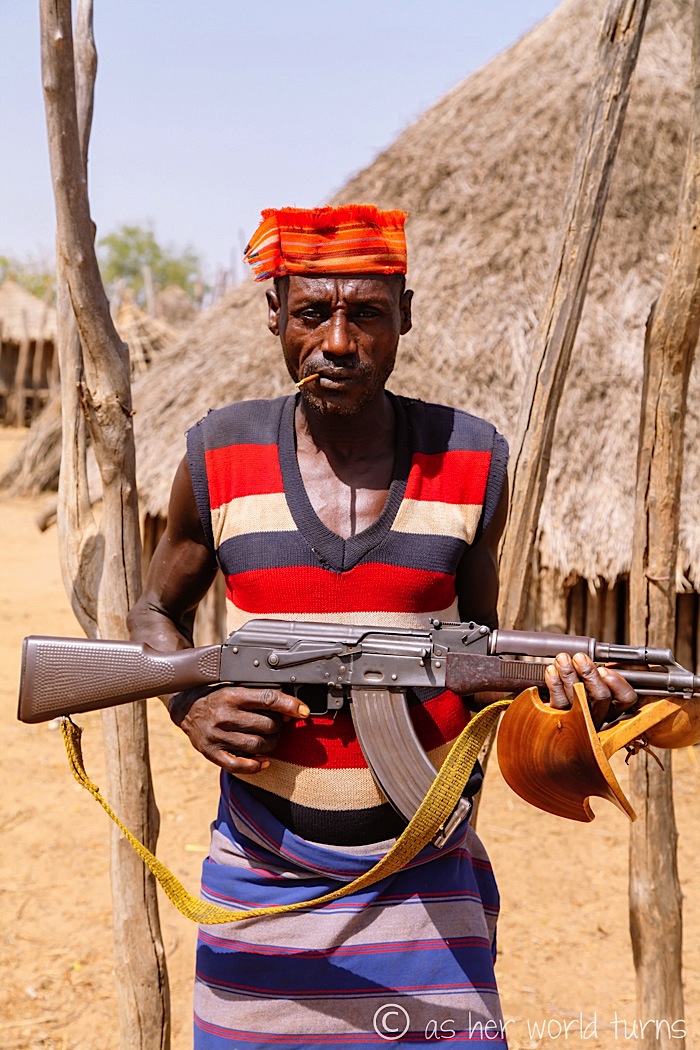
There are giant phallic mud statues all along the road leading to the river. Like, hundreds of them over many kilometers. I’m not sure why they exist other than to mark the area of this particular tribe?
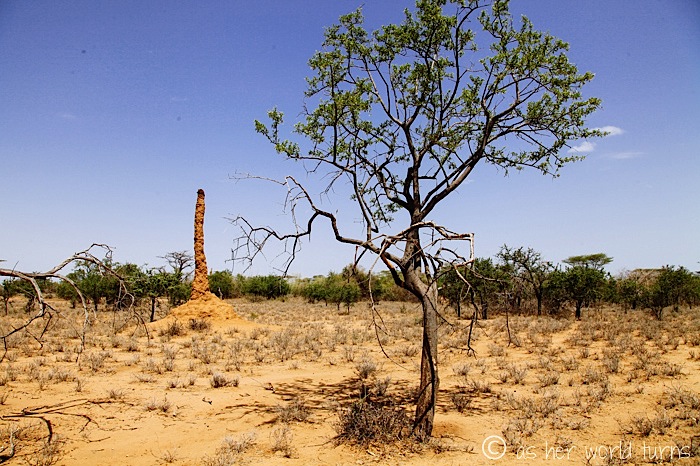
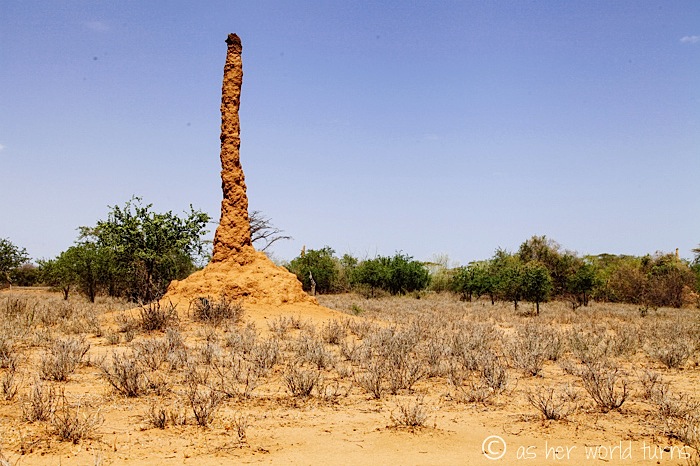
It takes several hours of driving over bumpy roads to reach our home for the night, the town of Jinka. More on that tomorrow.

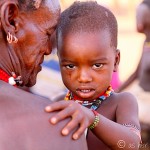
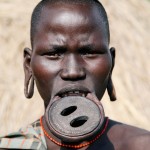
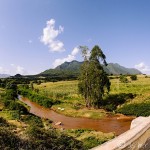
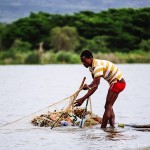
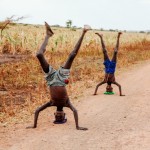

One thought on “Karo Tribe Visit”